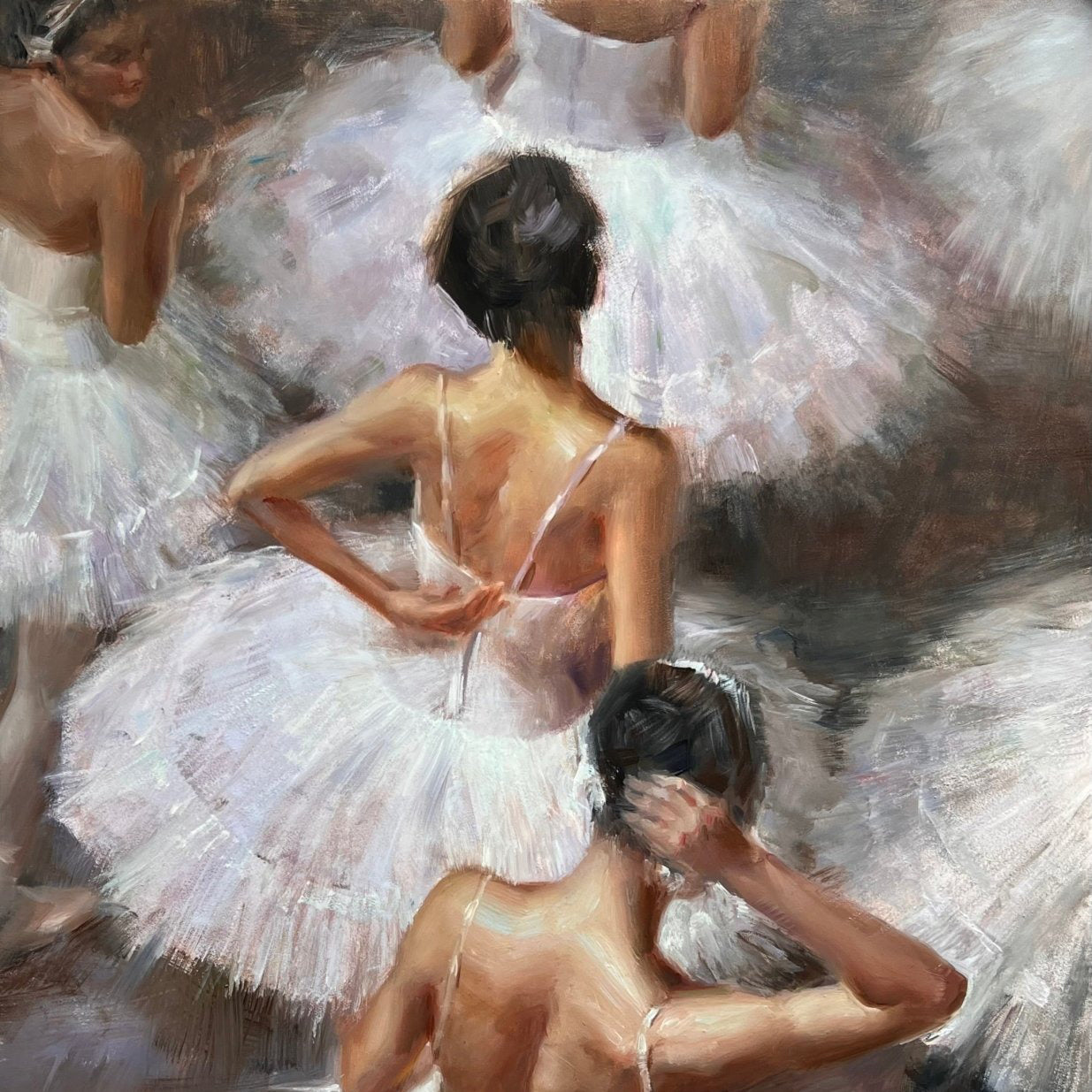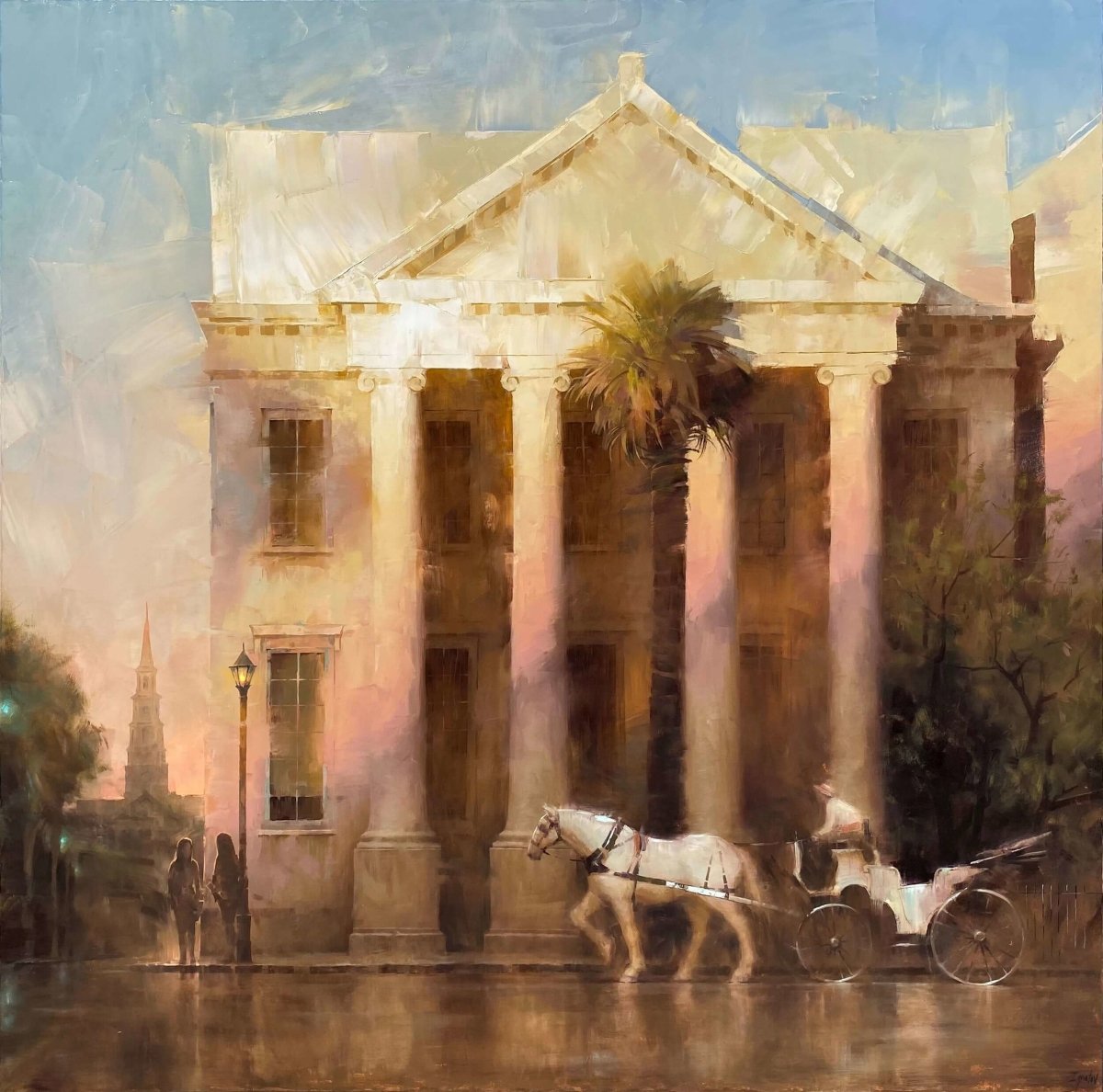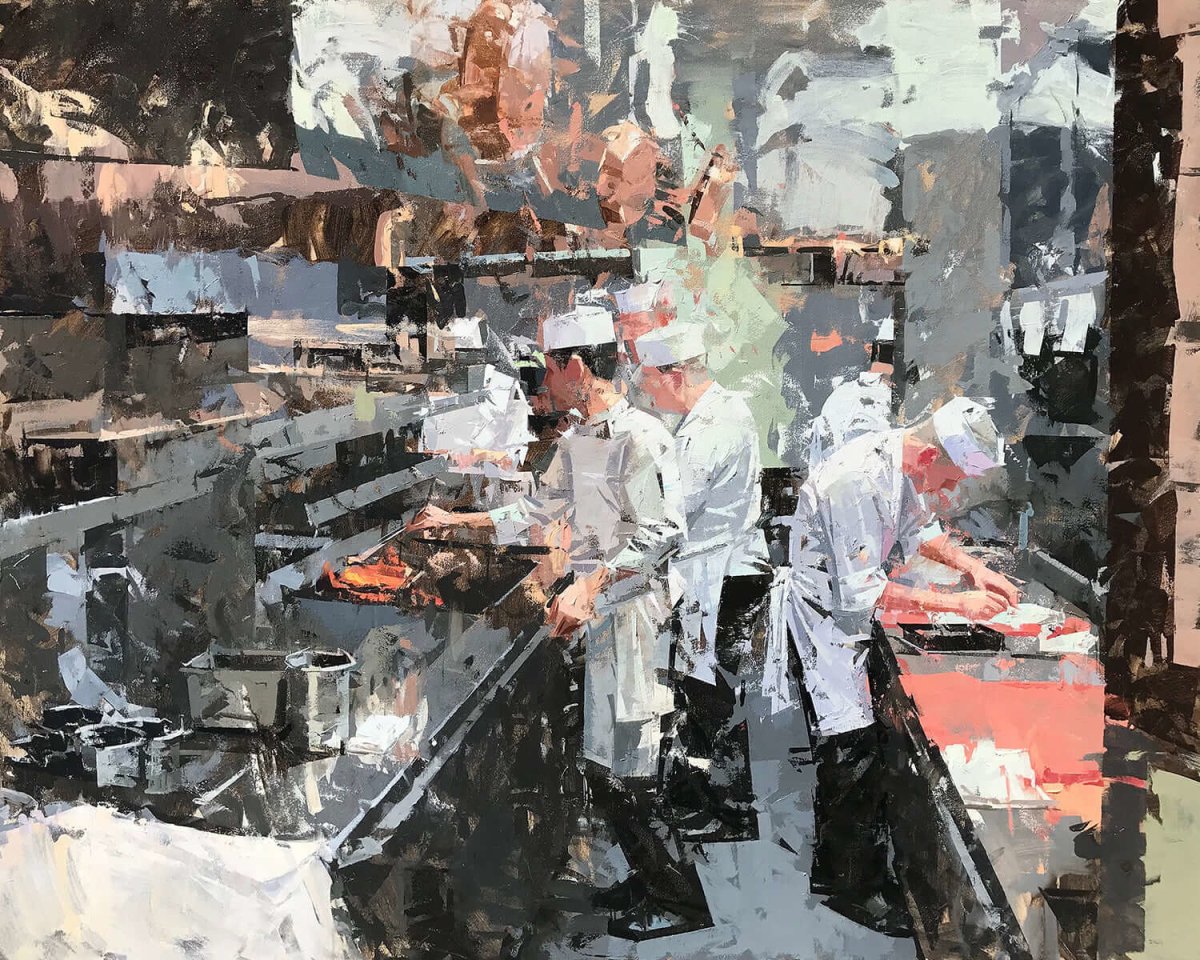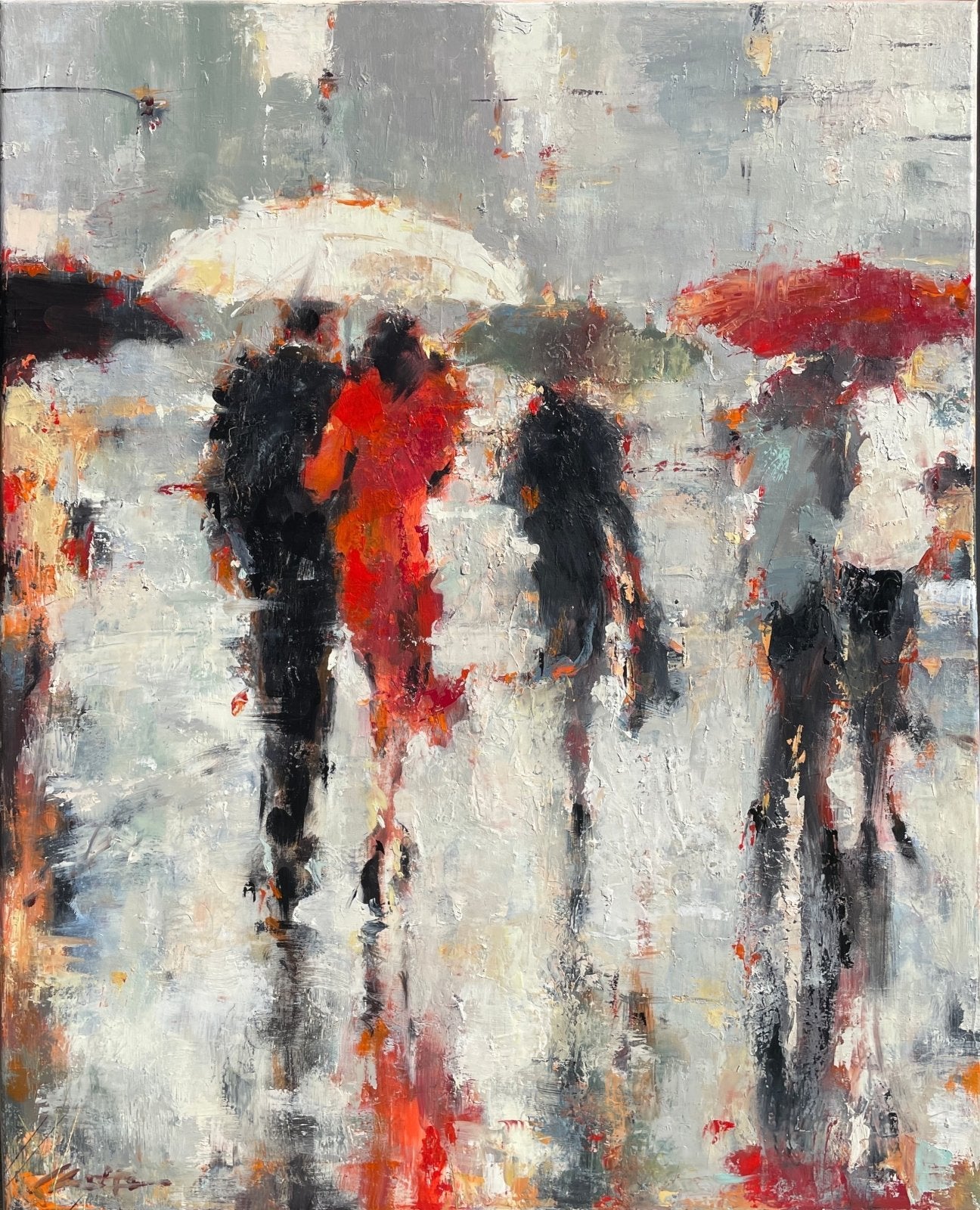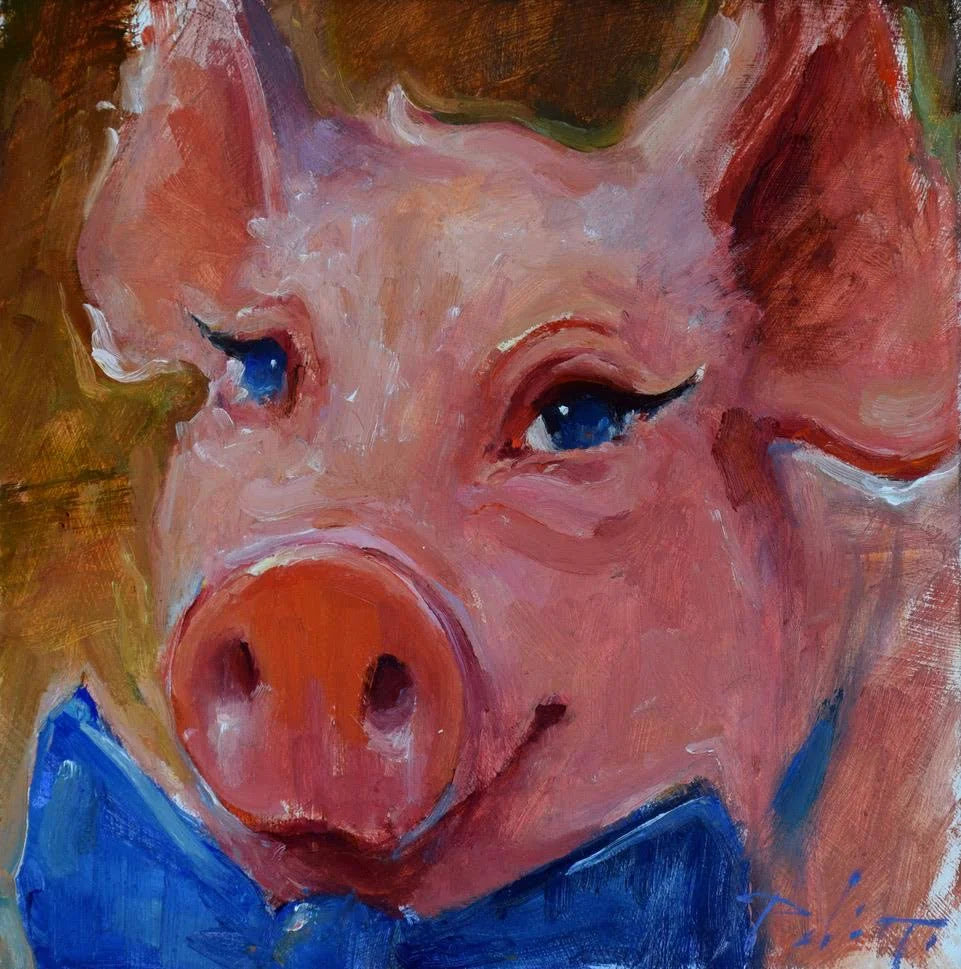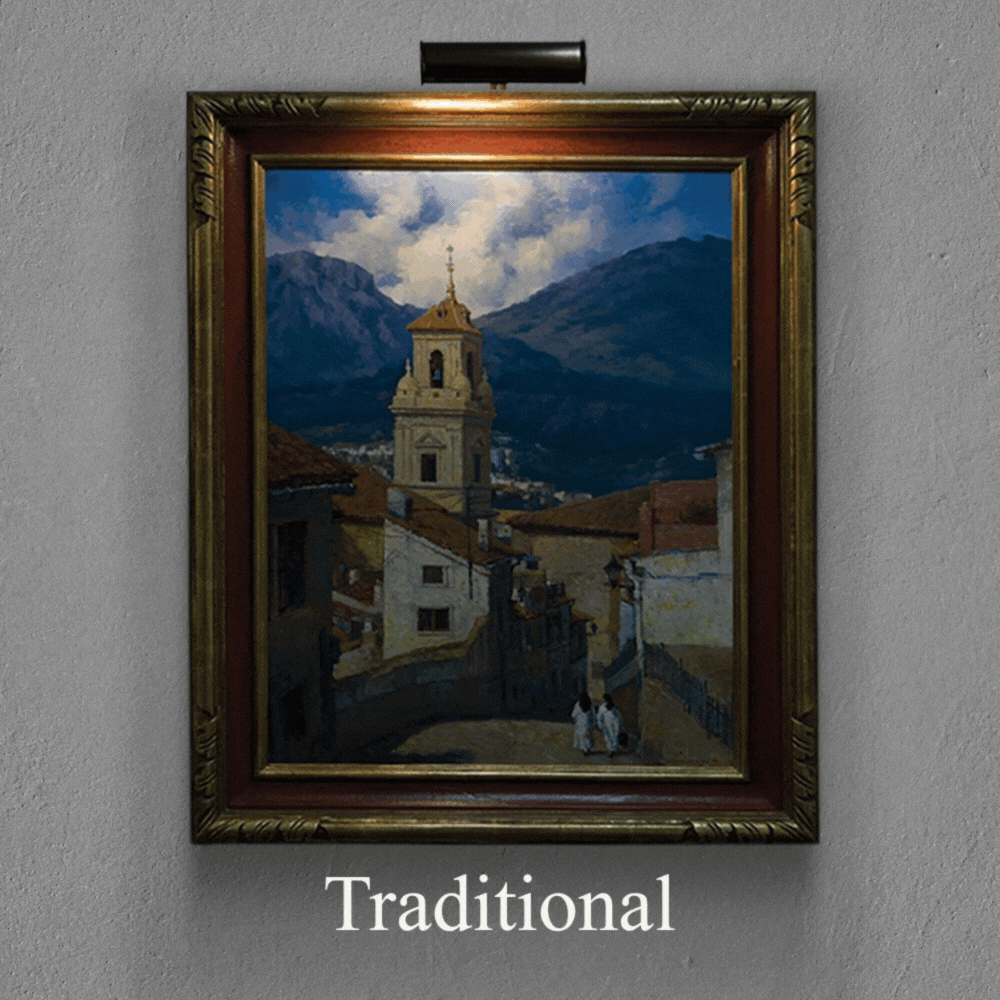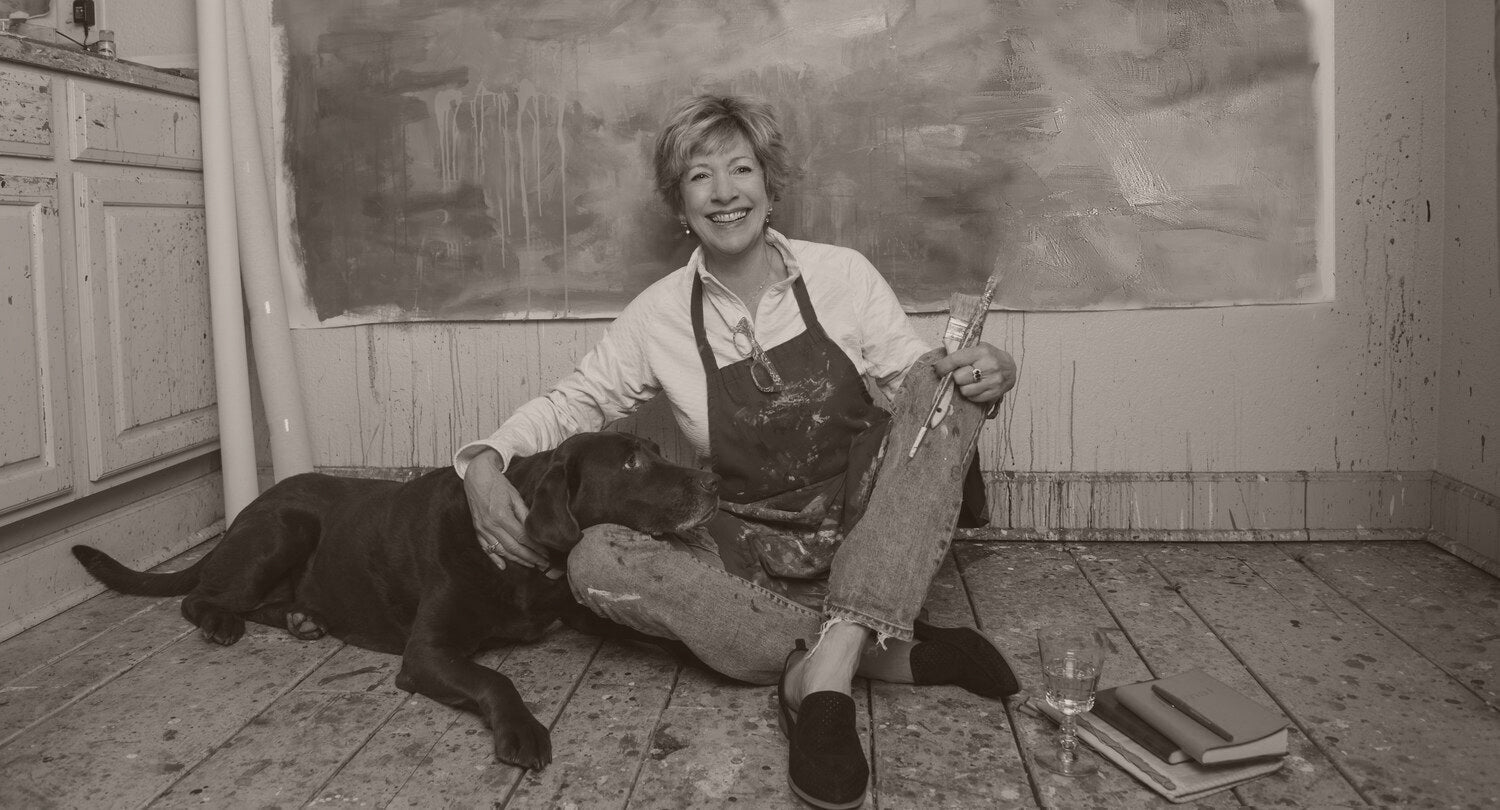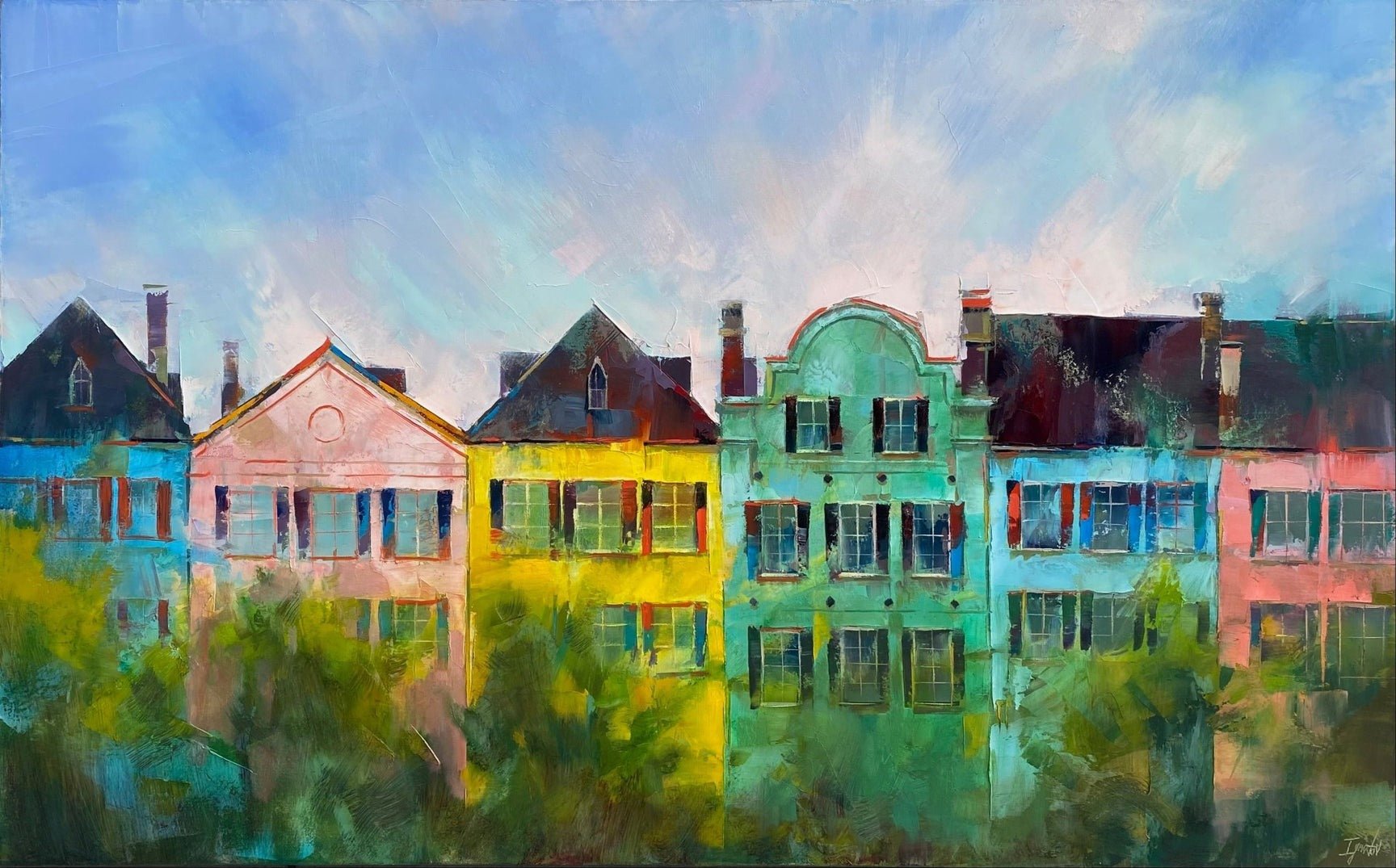What is Scumbling? - Techniques, History, and Contemporary Examples
Scumbling is a painting technique that has been used by artists for centuries to create a range of effects in their paintings. Its origins can be traced back to the 16th century, when Venetian painters such as Titian and Tintoretto used it to create luminosity and atmosphere in their paintings. These artists would apply thin, translucent layers of paint over existing layers to create a subtle, hazy effect that added depth and luminosity to their paintings.
In the 17th century, Rembrandt also used scumbling in his portraits and landscapes to create a soft, atmospheric effect. He would often apply a thin layer of paint over a dark underpainting to create a sense of depth and luminosity in his paintings.
During the 18th and 19th centuries, scumbling became popular among the Romantic painters, who used it to create a dreamy, ethereal atmosphere in their landscapes and seascapes. J.M.W. Turner, for example, was known for his use of scumbling to create a sense of light and atmosphere in his paintings. Turner would often apply thin, translucent layers of paint over a textured surface to create a sense of depth and movement in his work.
Today, many contemporary artists continue to use scumbling to create a range of effects in their paintings. The process of scumbling involves applying a thin, translucent layer of paint over an existing layer to create a subtle, hazy effect. This technique can be used to create a range of effects, from subtle tonal variations to bold, gestural marks.
In landscape painting, scumbling can be used to create a sense of distance, depth, and atmosphere. By layering thin, translucent layers of paint over an existing layer, an artist can create a subtle, hazy effect that adds depth and atmosphere to the painting. This technique is particularly effective in creating radiant sunsets or moody, misty landscapes, as seen in Ignat Ignatov's "Dusk Colors." Kevin LePrince, Curt Butler, other artists represented by LePrince Fine Art, routinely uses scumbling to bring a powerful luminosity to his sunset paintings.

In figurative painting, scumbling can be used to create subtle tonal variations and texture. Mark Bailey is an artist who often uses this technique in his figurative work. By layering thin, translucent layers of paint over an existing layer, he creates subtle variations in skin tones and textures that add depth and complexity to his paintings.
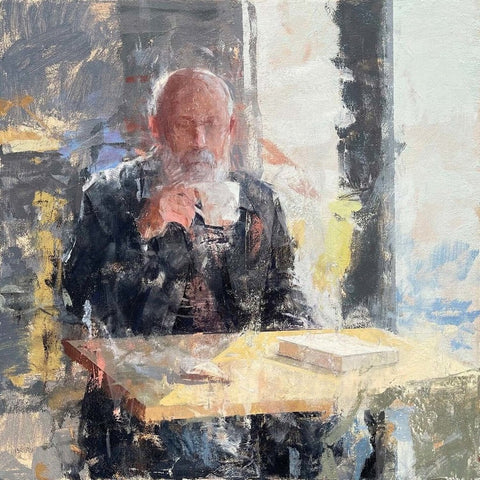
Finally, scumbling can also be used in still life paintings to create a sense of luminosity and depth. For example, Stacy Barter is an artist who often uses scumbling to create reflections of light on vases and copper pots in her still life paintings.

Overall, scumbling is a versatile technique that can be used in a variety of ways to create depth, atmosphere, and luminosity in a painting. Its use can be traced back to some of the most significant artists in history, and it continues to be used by contemporary artists today to create a wide range of effects in their paintings. By experimenting with different techniques and color combinations, artists can create a wide range of effects that add depth, luminosity, and visual interest to their work.


